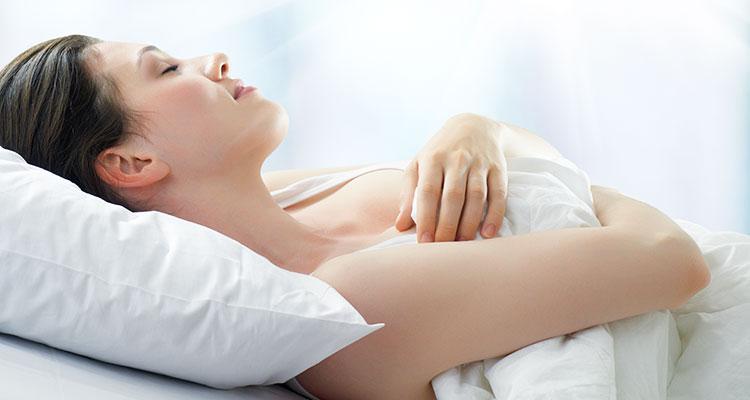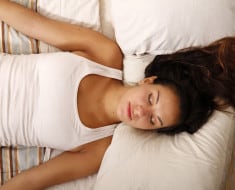Have you ever asked yourself what the best sleeping position for your body is? I confess I never paid much attention to this detail until I read a study showing the importance of the sleeping posture for our health and well-being. According to numerous experts, back sleeping and side sleeping are considered the best resting positions. Each of them has various benefits, thus being highly recommended by specialists.

As a back sleeper myself, I was curious to find out why this posture is endorsed by many, so I kept learning. I discovered that there are several main reasons for that:
- Weight distribution
When sleeping on your back, your body weight is well-distributed on the sleeping surface. There’s a condition for that: your mattress should be neither too firm, nor too soft. If it’s overly flexible, it will make you sink in it, and that will put pressure especially on your pelvic region. If it’s too hard, it will create pressure points, mainly on your spine. Medium-firm is the best choice, so make sure you have (or buy) a mattress for back sleeper, as it will provide the right level of firmness.
- Preventing neck and back pain
Back sleeping makes it easy for the head, neck, and spine to rest in a neutral position which is not hard to maintain through the night. The significant advantage is that the posture doesn’t force any extra curves into your back.
- Reducing acid reflux
People who sleep on their back can appreciate another perk of their chosen posture: it fights acid reflux by keeping the head elevated and the stomach below the esophagus so that acid or food won’t come back up.
- Smooth breathing
There is no pressure on your face when sleeping on the back, which provides two fantastic benefits. The first one is that you can breathe more natural than you would in other postures. The second one is that, according to dermatologists, you won’t get wrinkles (not too soon, anyway).
- Blood circulation
Combining back sleeping with an adjustable bed (or pillows) to elevate the head above the heart and legs will result in improved blood flow, mainly for the legs and the head.
- Pain management
People who battle lower back pain are advised to sleep on their back because the posture will help reduce the suffering. A supportive mattress is essential for that. It should contour the shape of your body when sleeping on it, but also support the spine, the lower back and your joints (knees, hips, shoulders).
Nevertheless, there is a downside to back sleeping: snoring. If you suffer from sleep apnea, you should sleep on your side, not on your back. The side position helps the airways stay naturally open, and that allows more relaxed breathing. But if you snore and you don’t feel comfortable sleeping on your side, then consider a pillow to help you. If the mattress should be medium-firm, the cushion has to be firm to elevate and support the head, the neck, and to keep their alignment with the spine.
Switching from a different sleeping posture to back sleeping is not impossible. According to experts, we all change positions during the night, so all you need to do is train your body towards favoring back sleeping if you want to enjoy all those health benefits I listed.
Providing each type of sleeper with the necessary bed has become a challenge for the mattress industry. According to statistics, side sleepers come in first place, and back sleepers are the second largest category. Most brands will address those types. Knowing your preferences and needs is essential when choosing the right mattress for you since you can find a broad variety of new models on the market. Considering that you’re making a long-term investment when buying the proper bed for back sleeping, it would be wise to research appropriately: compare products and opinions from other buyers and read unbiased reviews.

















